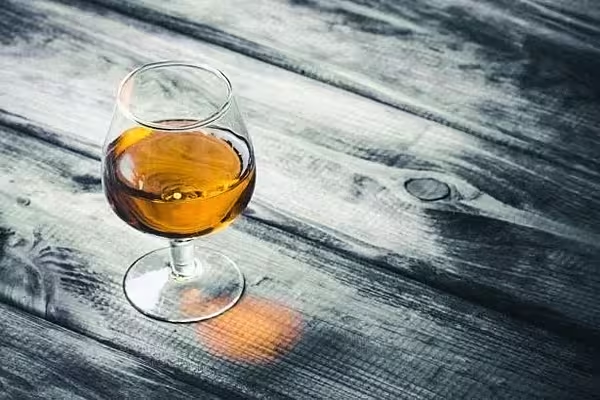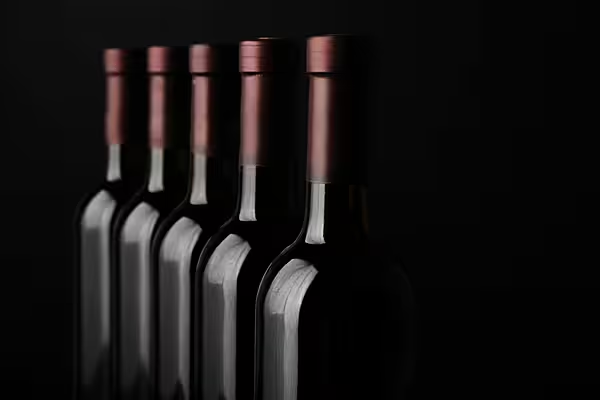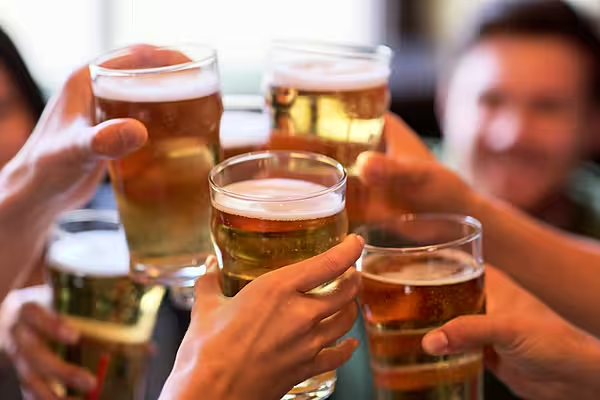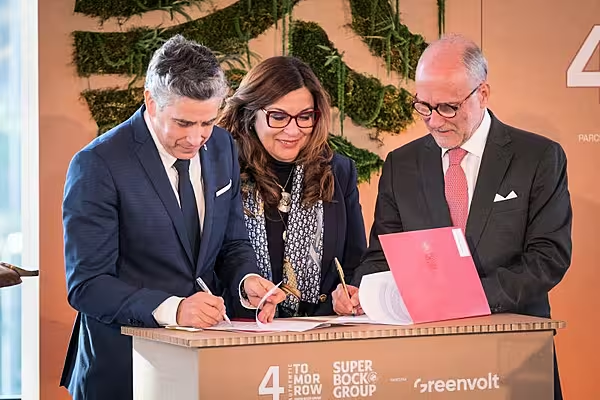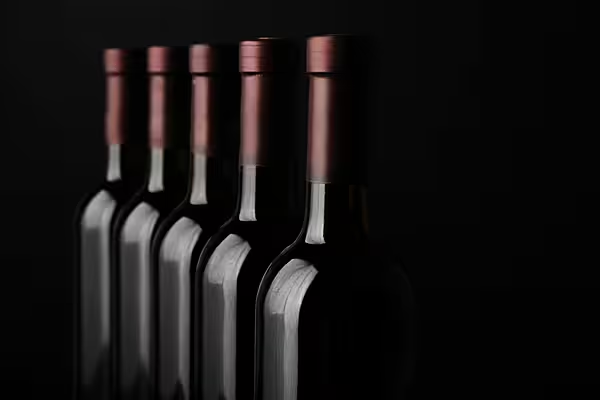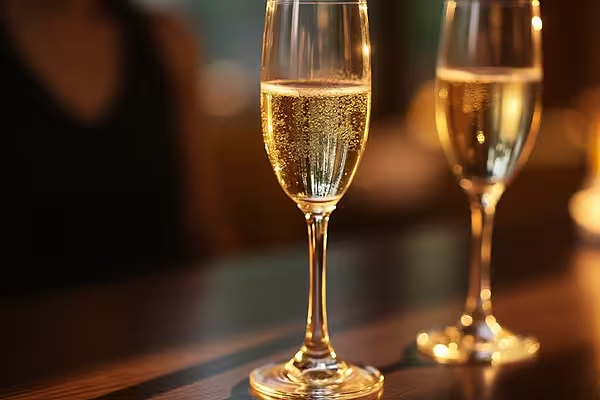Wildfires that tore through northern California’s iconic wine-growing regions have prompted evacuations of more than 20,000 people, killed 11 and damaged some of the most valuable vineyards and wineries in the US.
Blazes are sweeping through one of the state’s most scenic and treasured destinations, threatening the livelihoods of tens of thousands of people. California’s wine industry drew 23.6 million tourists and sold $34.1 billion in retail value in the US in 2016, according to the Wine Institute. The Napa and Sonoma Valleys are where the highest-end wine in the state is produced.
“We are all in shock and trying to help our fellow growers and neighbors where we can,” said Heidi Soldinger, a spokeswoman for Napa Valley Grapegrowers.
In the last 24 hours, winds fanned 17 fires across the northern part of the state, burning more than 115,000 acres, according to the California Department of Forestry and Fire Protection.
Mostly Finished
The harvest in Sonoma and Napa counties is mostly finished, said Daniel Sumner, an agricultural professor at the University of California at Davis. Still, fires can damage grapes yet to be collected and can also destroy vines and wineries, he said.
“It’s bound to be a significant and substantial impact on the high-quality wine industry,” Sumner said.
Jennifer Putnam, chief executive officer of the Napa Valley Grapegrowers, said 80% of the county’s crop has been harvested. How long smoke lingers will help determine whether grapes on the vine are tainted, she said.
“This was going to be a big week,” she said. “A lot of the fruit still hanging is high quality cabernet.”
In Sonoma, about 90% of the crop has been harvested, though some winegrapes were scheduled to be picked in the next 10 days, according to Karissa Kruse, president of Sonoma County Winegrowers. Reports of fire damage to wineries, businesses and homes are mounting. About 6% of Sonoma’s 1 million acres is grapes, Kruse said.
Valuable Region
While Sonoma and Napa produce about 10% of California’s wines, it’s the most valuable region in the country, said Stephen Rannekleiv, a beverage analyst at Rabobank International.
Most grapes in the state are grown in the San Joaquin Valley, where cabernet sauvignon grapes go for about $400 a tonne. The same fruit from Napa Valley usually costs closer to $7,000 a tonne, and can sell for as much as $50,000. High-end wines are driving demand growth in the US, with bottles priced over $10 seeing the biggest gains, Rannekleiv said.
“That’s why it’s so devastating - so much of the value is created there, and incredible investment has gone in there,” Rannekleiv said by telephone. “It’s the face of the California wine industry.”
Pictures flooded social media showing burned-down buildings in the region. Paradise Ridge Winery in Santa Rosa was among those that burned down, according to a Facebook post. Signorello Estates burned as well, according to the Sonoma Valley Vintners & Growers Alliance.
The French Laundry, a three-Michelin star restaurant, shuttered Monday due to power outages, according to the restaurant’s Twitter account. Spirits maker Constellation Brands closed its tasting rooms as well, including at Robert Mondavi Winery. Phone lines at some of the region’s other famous producers were out of commission Monday afternoon, including Whitehall Lane Winery and Martinelli Winery.
Vine Damage
Even in vineyards where all the grapes have been collected, there’s the possibility of fire damage to the vines themselves, said Jess Koehler, co-owner of La Finquita Winery in Ramona, outside of San Diego in Southern California.
“It takes at least three years minimum to get a crop that you can actually do something with - the more mature the vine gets, the higher quality the grapes, the higher quality the wines,” Koehler said. “It could have a real long-lasting impact for everybody up there.”
In 2008, smoke from smoldering wildfires in Mendocino County contaminated crops of pinot noir grapes, said Bill Pauli, a grower and general partner of Yokayo Wine Co. in Ukiah, California.
“Some wines had the odour of someone who had been standing next to a barbecue,” Pauli said in a telephone interview. “It was not a good situation and we all hope it doesn’t happen again.”
News by Bloomberg, edited by ESM. Click subscribe to sign up to ESM: The European Supermarket Magazine.

